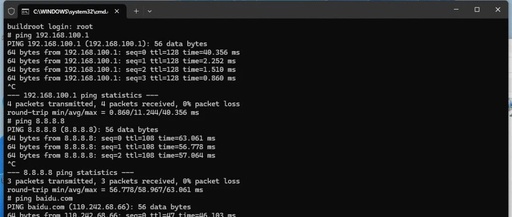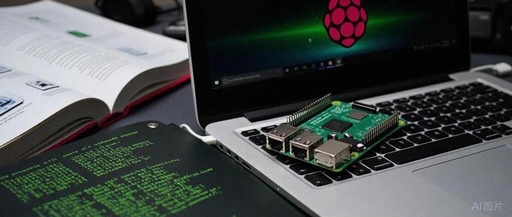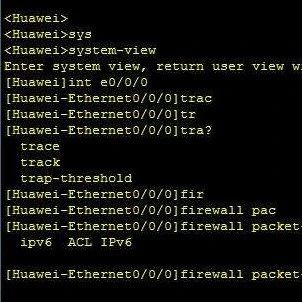Setting Up a Simulation Environment for IoT Vulnerability Analysis
AuthorForum Account: A-newFirst of all, I declare that I am just starting to play with IoT, learning about router firmware simulation and vulnerability reproduction. I am a beginner, mainly recording the pitfalls I have encountered. Configuring the dependency environment for running simulated firmware There are also one-click tools like FirmAE, firmware-analysis-toolkit, and firmware-analysis-plus that can … Read more









